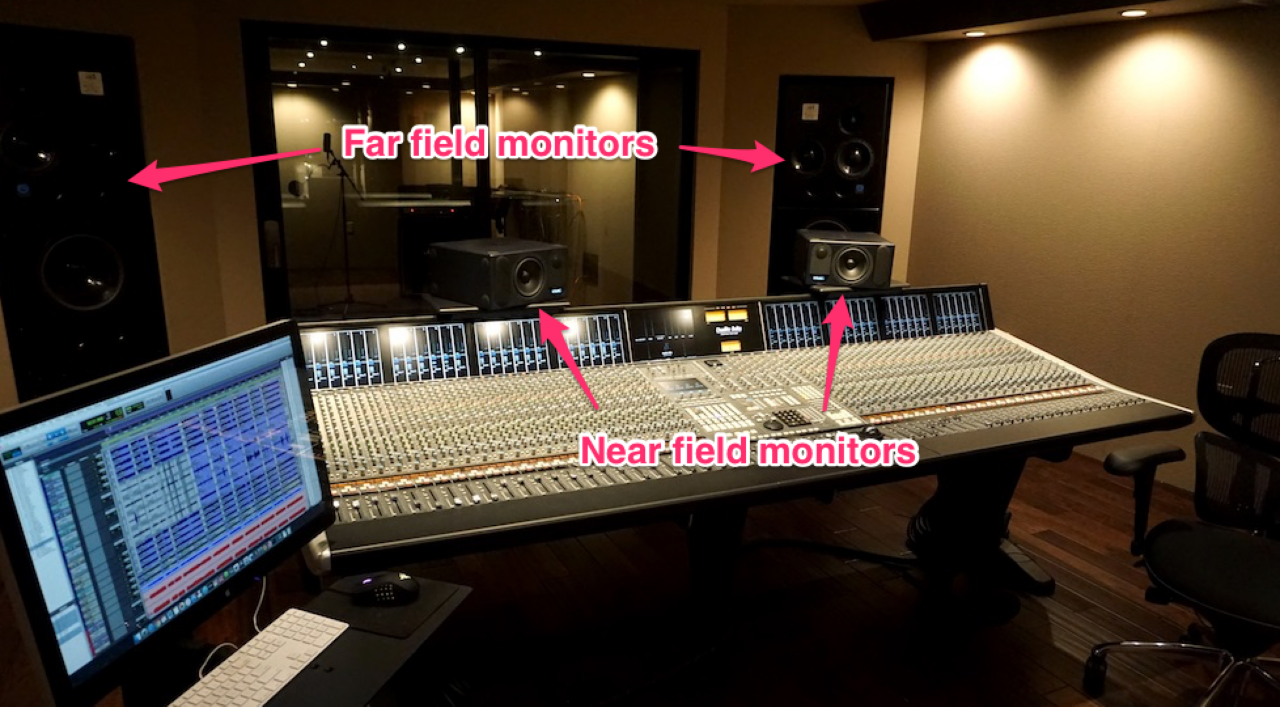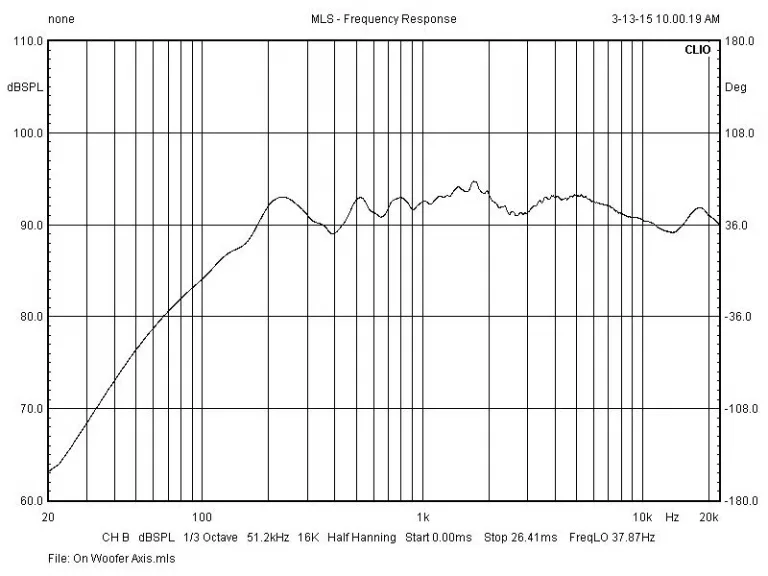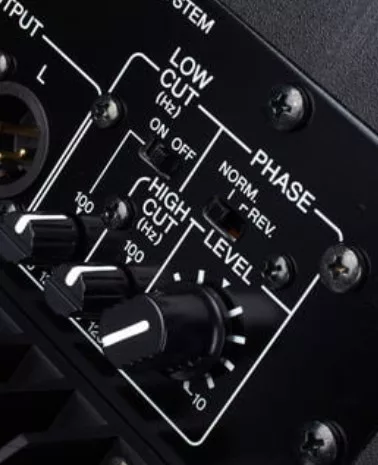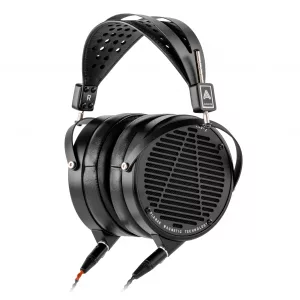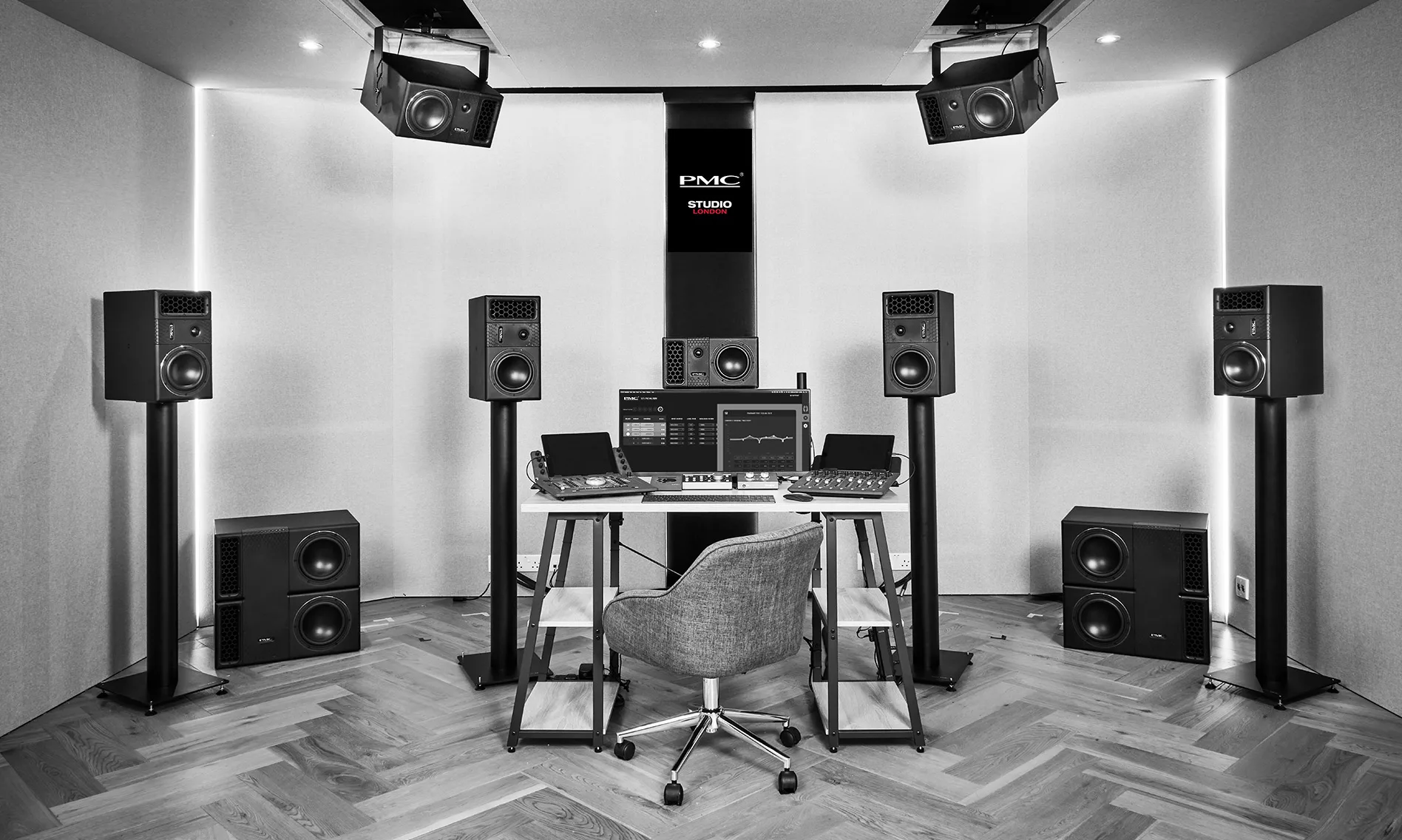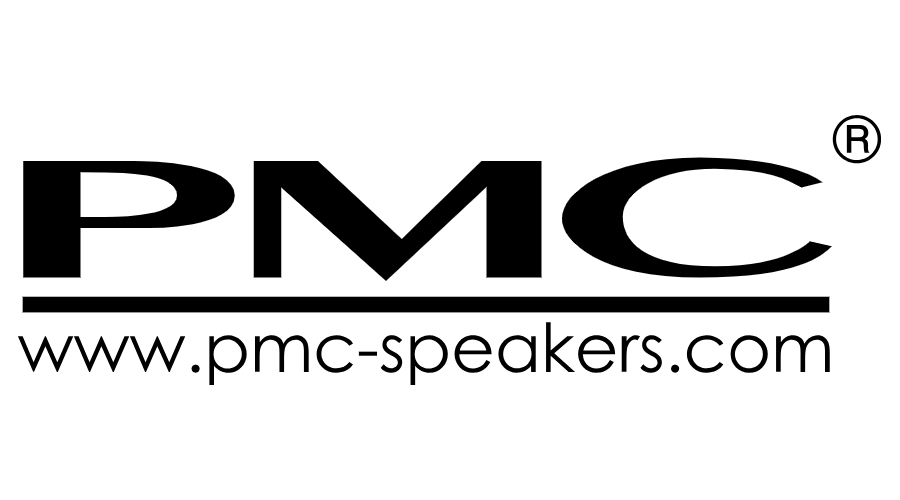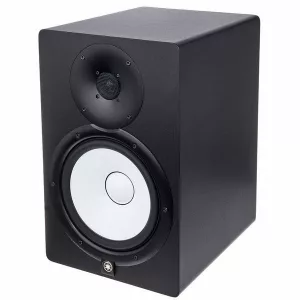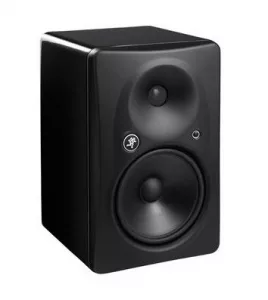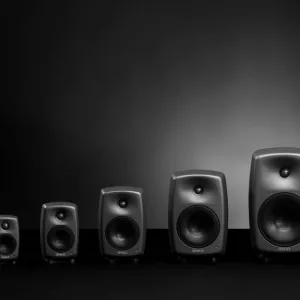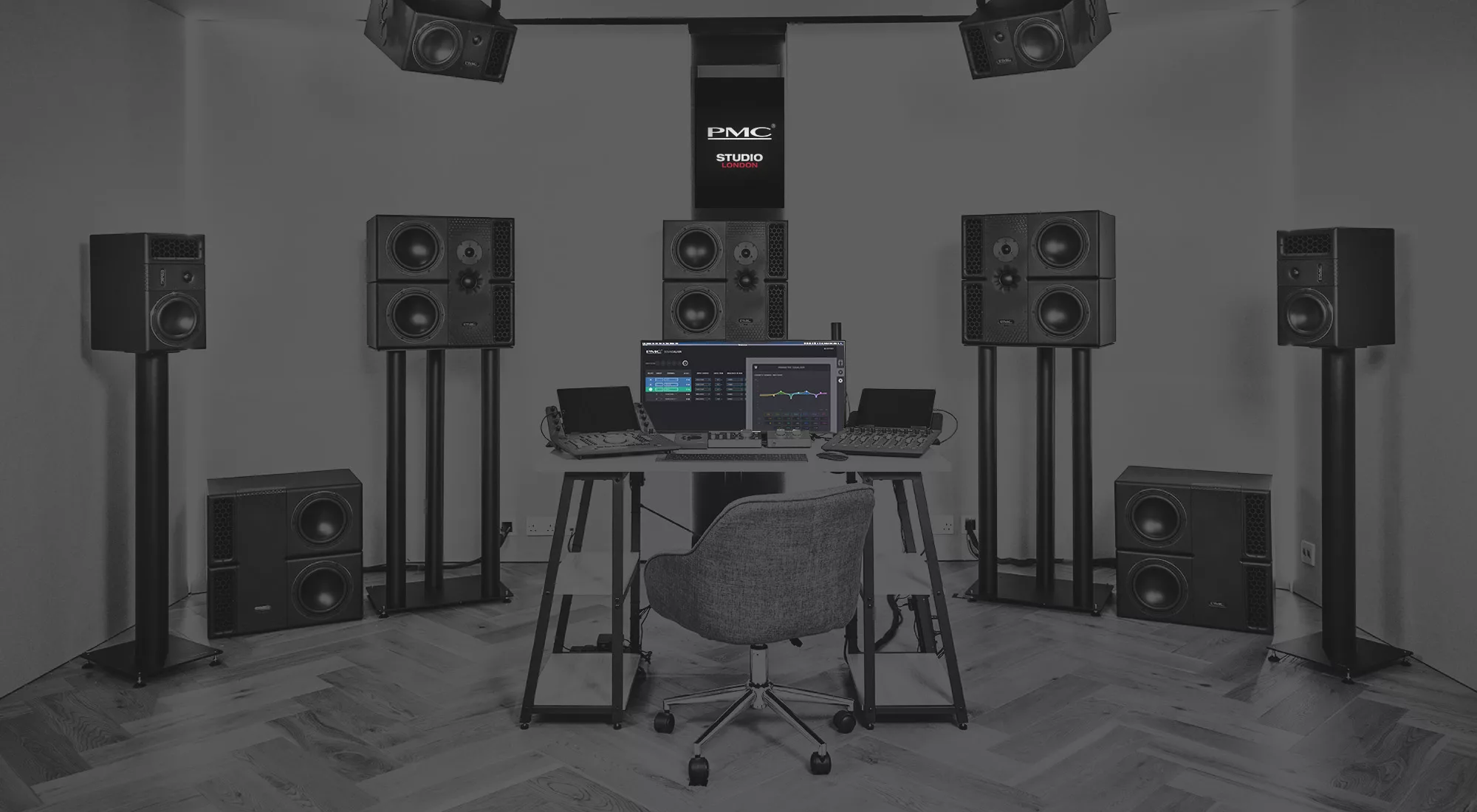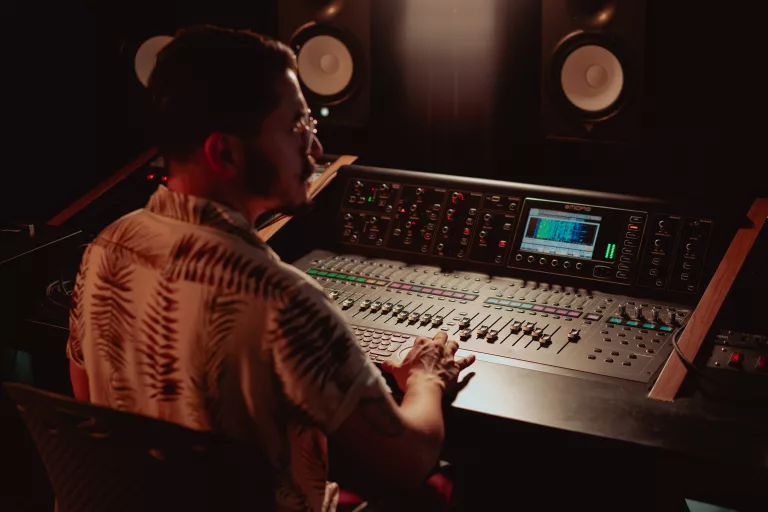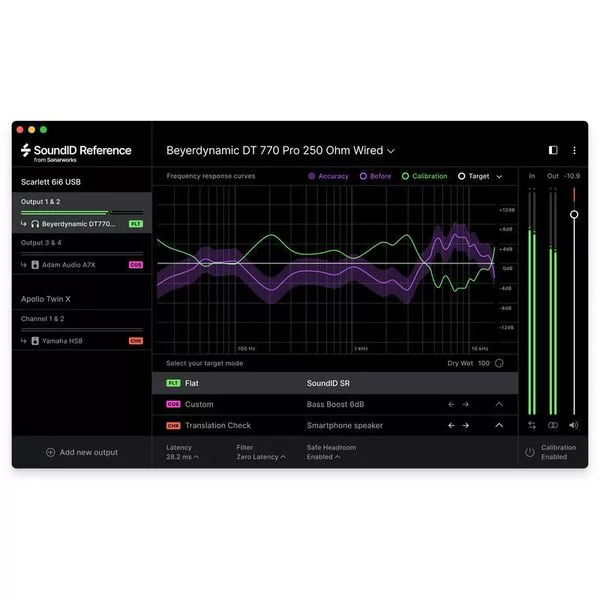Choose the right speakers / monitoring for your home studio
When it comes to equipping a home studio, the choice of monitoring speakers is a crucial decision. This choice will have a significant impact on the quality of music mixes and productions. Studio monitors play an essential role in the accurate and faithful reproduction of sound. This allows producers and sound engineers to hear all the details of their work.
Understand the fundamental principles of monitoring
• Definition of monitoring and its role in a home studio
Monitoring is an essential element in a home studio. It refers to the monitoring system used to assess the sound quality of recordings and mixes. In other words, it’s about how you hear your music while you work.
The role of monitoring in a home studio is crucial. It allows to make informed decisions when recording, mixing and mastering. It gives you an accurate perception of the different frequencies, sonic details and stereo image of your music. A good monitoring system guarantees faithful and precise reproduction of sound. It therefore allows detect imperfections and correct them.
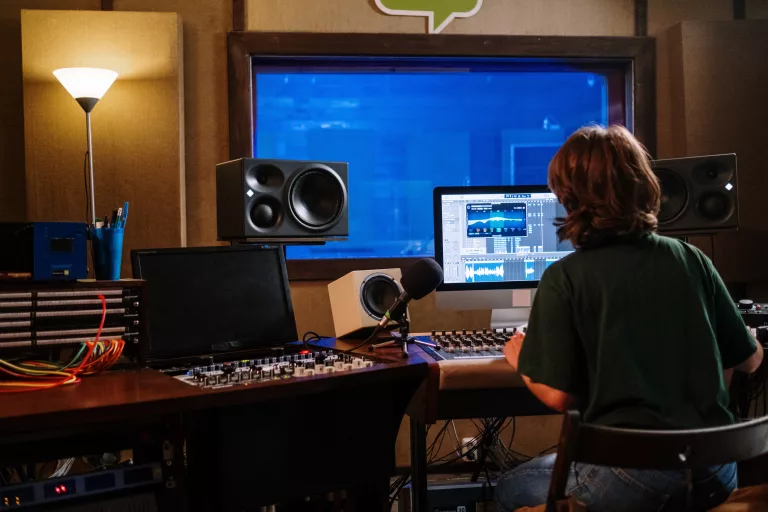

To take full advantage of monitoring in your home studio, it is also essential to consider the room acoustic treatment. Items such as sound absorbing panels can help optimize acoustics thereby reducing unwanted reflections and resonances.
• The different types of monitoring: nearfield, midfield, and farfield
There are different types of monitoring that can be used in a home studio: nearfield, midfield and farfield monitoring. Each of these types has its own features and benefits, so choose the one that best suits your workspace and listening needs.
Nearfield monitoring is commonly used in home studios. Nearfield speakers are placed at a relatively close distance from the listener, usually a few meters. They are designed to provide precise and detailed listening, emphasizing small sonic details. Nearfield loudspeakers are therefore ideal for precise mixing work, as they allow you to detect imperfections and subtle nuances in the sound.
Then we have midfield monitoring, which is used in larger workspaces. Midfield speakers are placed at an average distance from the listener, usually a few meters further than nearfield speakers. This type of monitoring offers a balance between precision and sonic envelopment. So making it a popular choice for mixing and mastering.
Finally, farfield monitoring is used in professional studios or large control rooms. Farfield speakers are placed further away from the listener. This therefore provides a wider stereo image and more faithful reproduction of sound in larger spaces. This type of monitoring is generally used for reference listening and final evaluation of the mix.
The criteria for the choice of speakers
• Frequency response: bass, midrange and treble coverage
When choosing a monitoring system for your home studio, several criteria must be taken into account. One of the most important criteria is the frequency response of your speakers.
Frequency response refers to the range of frequencies that the monitoring system can reproduce. A good monitoring system should be able to cover the entire audio spectrum, from low frequencies to high frequencies.
It is essential to choose a monitoring system with a balanced frequency response. This means that it should not overly favor certain frequencies to the detriment of others. Proper balance will allow you to hear every element of your mix clearly and accurately.
For studio monitors, it is recommended to consult the technical specifications for the frequency response. Look for a linear response curve, which indicates neutral sound reproduction. Also make sure that the speakers can reproduce low frequencies sufficiently, without distortion or excessive coloring.
• Verify speaker connectivity
When choosing a monitoring system, connectivity is an essential criterion to consider. Connectivity refers to the monitoring system’s input options, as well as its compatibility with existing equipment.
It is important to check the input options of the monitor speakers. This is to make sure it can easily connect to your audio interface, mixing console etc…
Common input options include analog connections such as XLR and TRS jacks. In some cases, digital connections can be found for devices with internal D/A conversion.
Compatibility with existing equipment is another crucial aspect. Make sure the monitoring system you are considering is compatible with all the devices you use in your home studio.
Check compatibility requirements, such as supported operating systems, necessary drivers, and add-on software if applicable.
• Additional features: EQ settings, volume controls, etc.
In addition to basic criteria such as frequency response and connectivity, the additional features of a monitoring system can also play an important role in your choice for your home studio.
Equalization settings are one of the most common features found on studio monitors. They allow you to adjust the frequencies to compensate for any irregularities in your room or to suit your listening preferences.
Some monitoring systems offer parametric EQs, allowing you to precisely adjust different frequency ranges.
Volume controls are also essential for adjusting the sound level of your monitoring. They can be integrated directly into the speakers or be offered as an external controller.
Volume controls let you adjust the listening level to suit your needs.
Another cool feature to consider is the ability to switch between different listening settings. Some monitoring systems offer specific listening modes. For example, mono mode, reference mode, or even different speaker simulations. This can be useful for checking the compatibility of your mix on different systems or for simulating different listening conditions.
Free song analysis
FreeMastering Sample
The different types of home studio monitoring
• Active vs Passive Monitor Speakers: Advantages and Disadvantages
When exploring the different types of monitoring for your home studio, you will come across active and passive speakers. Each of these options has its own advantages and disadvantages. It is therefore important to understand them to make an informed decision.
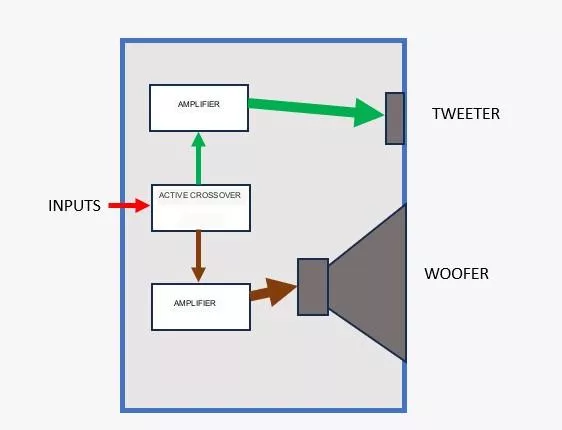

First, active monitor speakers are speakers that incorporate one or more power amplifiers into each individual speaker. This therefore means that they do not require an external amplifier to operate. Second, powered speakers are often considered convenient because they come out of the box and offer optimized amplification for their specific speakers. Plus, they often offer additional features like built-in EQ settings and volume controls.
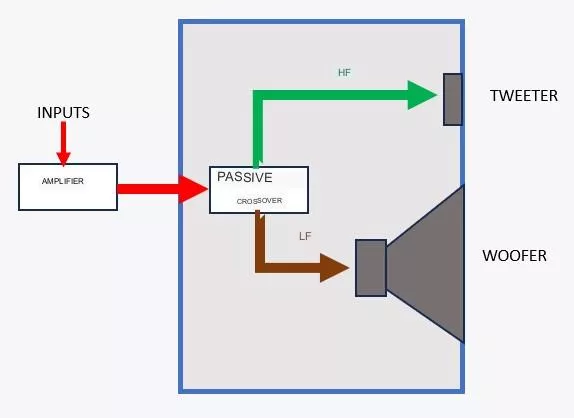

On the other hand, passive studio monitors require an external amplifier to operate. These speakers are therefore often chosen by those who prefer to have more precise control over amplification by using an amplifier of their choice. Passive speakers are also popular for their versatility, as they can be upgraded or replaced individually without having to change the entire system.
When choosing between active and passive speakers, it’s important to consider your specific needs and budget. Active speakers can be more convenient and easy to install, but they can be more expensive. Passive speakers offer additional flexibility and control, but therefore require an additional investment in an external amplifier.
• Monitoring monitors vs. monitoring headphones: when to use what?
First, when deciding between monitors and headsets, it’s important to consider several factors. Studio monitors generally provide a more natural and spatial listening experience. This allows for a better appreciation of different frequencies and stereo width.
Secondly, monitoring headphones are useful when you have to work in an acoustically less favorable environment. They provide a more isolated listening experience. This therefore makes it possible to perceive more precisely the details of the mix without being disturbed by the ambient acoustics. However, it is essential to take into account the characteristics specific to each helmet. They may have different frequency responses.
• Surround monitoring systems: for an immersive experience
Surround monitoring systems provide a particularly immersive listening experience. It is therefore ideal for audiovisual projects, such as films, video games or music productions with multi-channel audio formats. These systems consist of several loudspeakers arranged around the listener, making it possible to recreate a three-dimensional sound field. Common formats are therefore 5.1 (five speakers and a subwoofer) and 7.1 (seven speakers and a subwoofer).
I will produce a full article to detail this subject.
The advantage of surround monitoring systems is the precision in the spatial placement of sound elements. This allows you to position the sounds with great precision. Sound effects can be moved around in space, providing a dynamic and captivating experience.
However, the use of these systems requires special attention during mixing and mastering. It is essential to correctly adjust the levels and the spatialization of the sound sources to avoid any confusion or inconsistency in the final rendering. Sound engineers should therefore be aware of the specifics of surround monitoring and ensure that the mix is optimized for this type of system.
In conclusion, surround monitoring systems provide an exceptional listening experience for audiovisual productions. However, their use requires expertise in mixing and mastering to ensure a coherent and enveloping sound experience for the listener.
Comparison of brands and models to choose the right speakers
• Presentation of renowned brands in the field of monitoring
In the field of audio monitoring, several brands enjoy a solid reputation for the quality and reliability of their products. One of the most recognized brands is Genelec. Founded in Finland, Genelec has been manufacturing studio monitors for over 40 years and is known for its high-end loudspeakers, delivering exceptional precision and sonic clarity.
Yamaha monitors are loved for their exceptional sound quality, balanced frequency response and reliability. They are often used in recording studios, mixing rooms and professional audio facilities around the world. Yamaha stood out thanks to the mythical pair of NS10s which are still in many studios today.
Focal is also a reference brand in the field of monitoring. Based in France, Focal offers a wide range of studio monitors, renowned for their sound quality, precision and balanced frequency response.
Finally, PMC (Professional Monitor Company) is one of the famous brands for its high quality studio monitors. PMC is known for its reference loudspeakers used in many professional recording studios and renowned mixing rooms. Their products are distinguished by their high-end design, neutral sound reproduction and ability to reveal the smallest details of the mix.
• Selection of popular models suitable for different budgets
For more modest budgets, the monitors of the Yamaha HS range offer an interesting option with prices ranging from 150€ to 300€ per speaker. These monitors are renowned for their sonic precision and balanced frequency response, making them ideal for budding producers and sound engineers.
In a slightly higher price range, Mackie HR monitors are very popular with home studios and indie musicians, with prices ranging from $500 to $800 per speaker. They offer a good balance between sound quality and value for money, while being robust and reliable.
For those looking for a premium listening experience, the Focal Alpha and Genelec 8000 Series models are well-regarded choices, with prices ranging from $500 to $1000 per speaker. These monitors offer superior sound reproduction and exceptional precision in the mix.
Finally, for higher budgets, PMC and Neumann monitors are top options, with prices ranging from $1000 to $3000 per speaker. These brands are renowned for their reference speakers, which provide a highly professional listening experience and unparalleled sound quality.
Best practices for optimizing monitoring in your home studio
• Speaker positioning and sweet spot calibration
The placement of studio monitors in a studio is crucial to ensure accurate and balanced sound reproduction. It is essential to respect a symmetrical arrangement, placing the loudspeakers at equal distance from the rear wall and the sides, thus creating an equilateral triangle with the listening point in the center, called “sweet spot”.
The sweet spot is the ideal location where the listener will perceive the sound optimally, with an accurate stereo image and a balanced frequency response. To calibrate the sweet spot, it is important to consider the position of the speakers in relation to the dimensions and acoustics of the room.
The use of adjustable speaker stands makes it possible to control the height and angle of inclination of the speakers for a more precise sound distribution adapted to the listening position.
Additionally, the use of sound insulation materials and absorption panels can improve sound clarity by reducing unwanted reflections and minimizing room effects on sound.
• Use of acoustic correction software
To improve the quality of monitoring in a studio, the use of acoustic correction software can be very beneficial. These tools make it possible to compensate for acoustic defects in the listening room and to optimize the frequency response of the loudspeakers.
Acoustic correction software analyzes the acoustic characteristics of the room and issues real-time digital corrections to even out frequency response, dampen resonances, and minimize unwanted environmental effects.
Some of the most popular acoustic correction software include Room EQ Wizard (REW), Sonarworks Reference, and Dirac Live. These tools are often used in conjunction with measurement microphones to perform precise speaker calibration and room acoustic adjustments.
The use of acoustic correction software makes it possible to obtain more precise monitoring. However, it is important to note that this software should not be used as a one-size-fits-all solution, but rather as a complement to basic acoustic techniques, such as proper speaker placement and improving sound insulation.
In conclusion, choosing the right speakers for their home studio is a crucial step for any producer or sound engineer wishing to obtain professional quality mixes. The selection of monitoring speakers adapted to your needs, your budget and the nature of your work is essential for precise and faithful listening to music.



